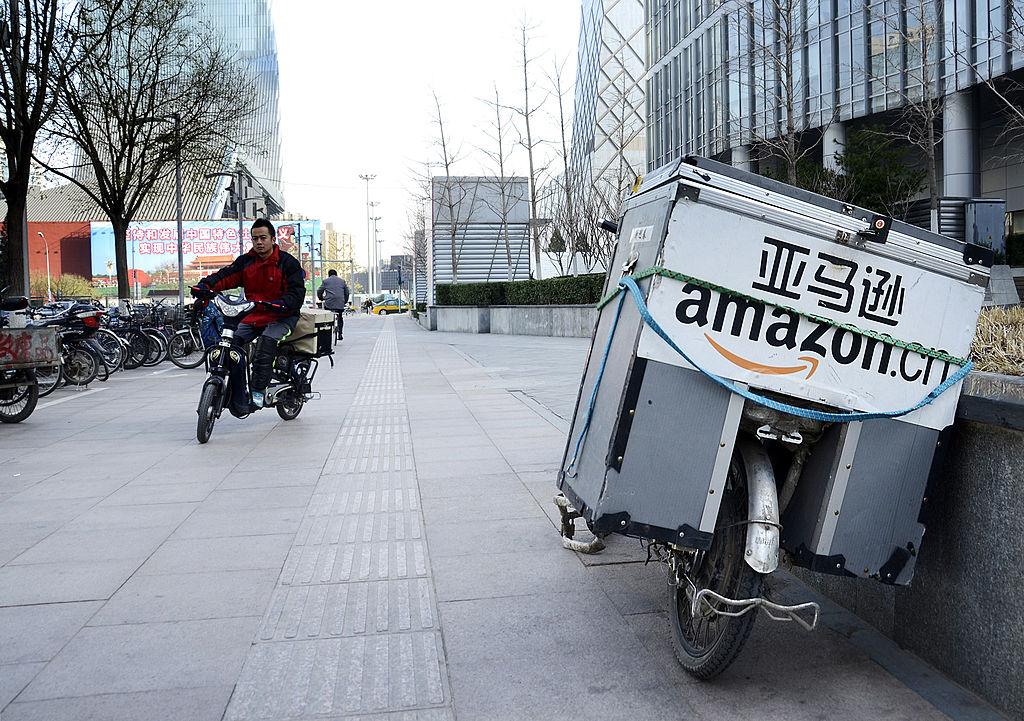Commentary
A few months ago, I attended an event in the SoHo district of New York City held to attract U.S. startups to expand their operations to China. It was held by a few Chinese marketing firms that would assist the startups with their transition into marketing, social media, and operational support.





